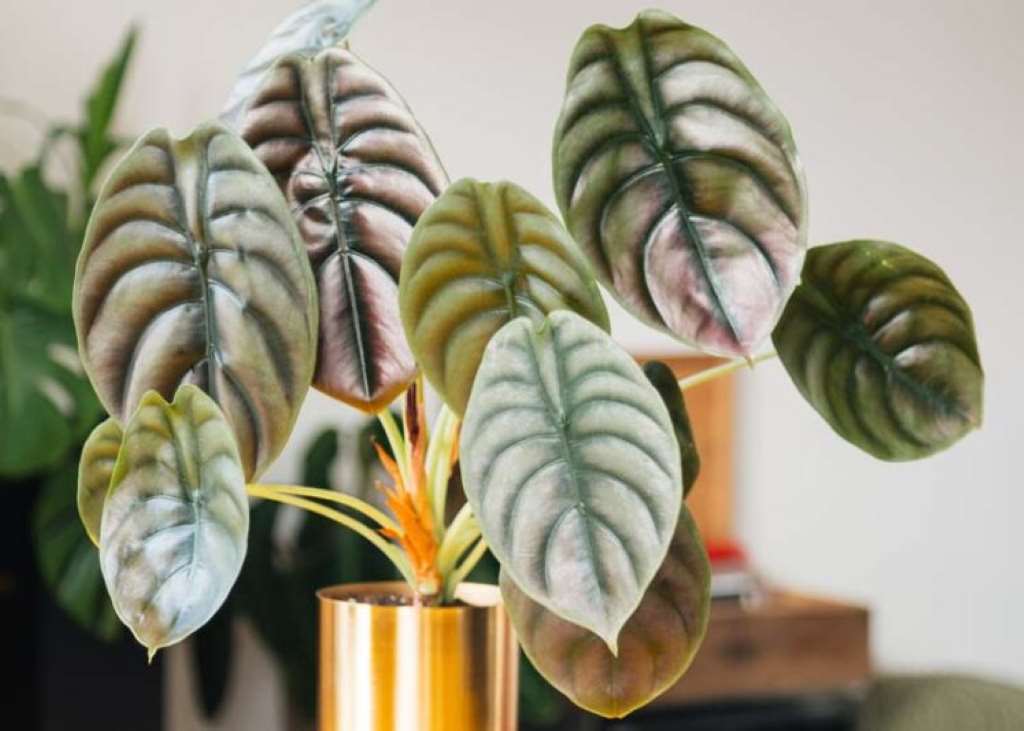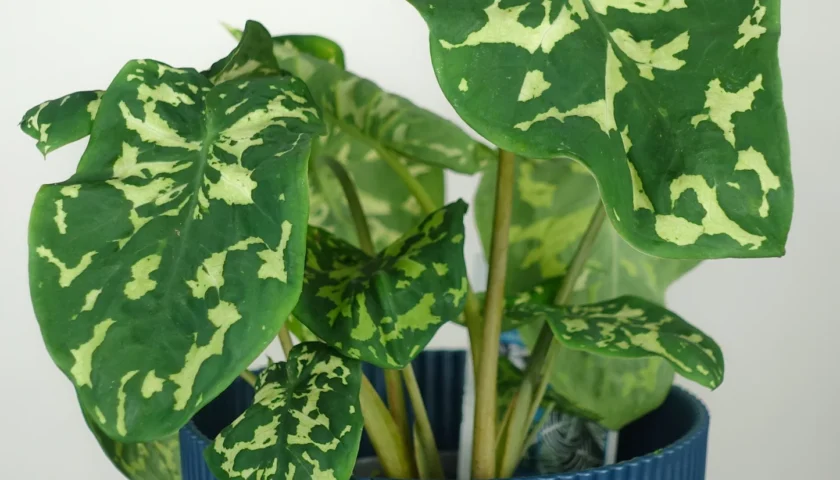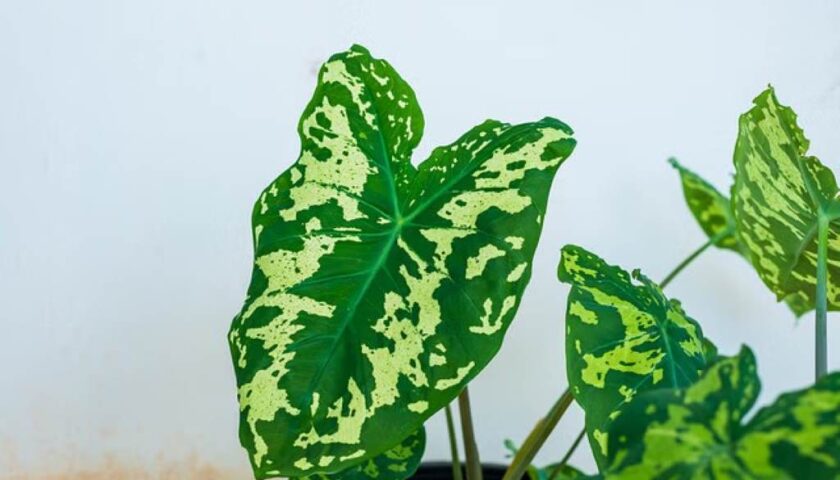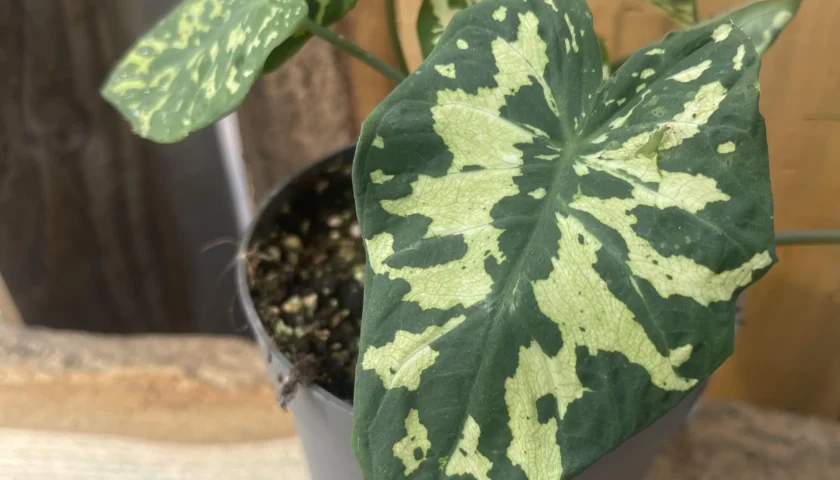Alocasias, also known as Elephant Ears, are captivating tropical plants. Their large, dramatic leaves add a touch of the exotic to any indoor or outdoor space (in suitable climates). The Alocasia Hilo Beauty is a particularly striking variety, known for its heart-shaped leaves with prominent white veins. If you’re wondering how to encourage your Hilo Beauty to flourish with rapid and lush growth, you’re in the right place.
Let’s delve into the key factors that can accelerate your Alocasia’s growth:
1. The Ideal Light Levels
Alocasias thrive in bright, indirect light. Think of replicating the dappled sunlight they’d receive beneath a rainforest canopy. An east-facing window is often ideal, providing gentle morning sun. A few hours of direct sunlight can be beneficial for your Hilo Beauty, particularly in the morning, but avoid scorching midday rays. Too little light will result in slow growth and elongated, leggy stems as the plant reaches for more.
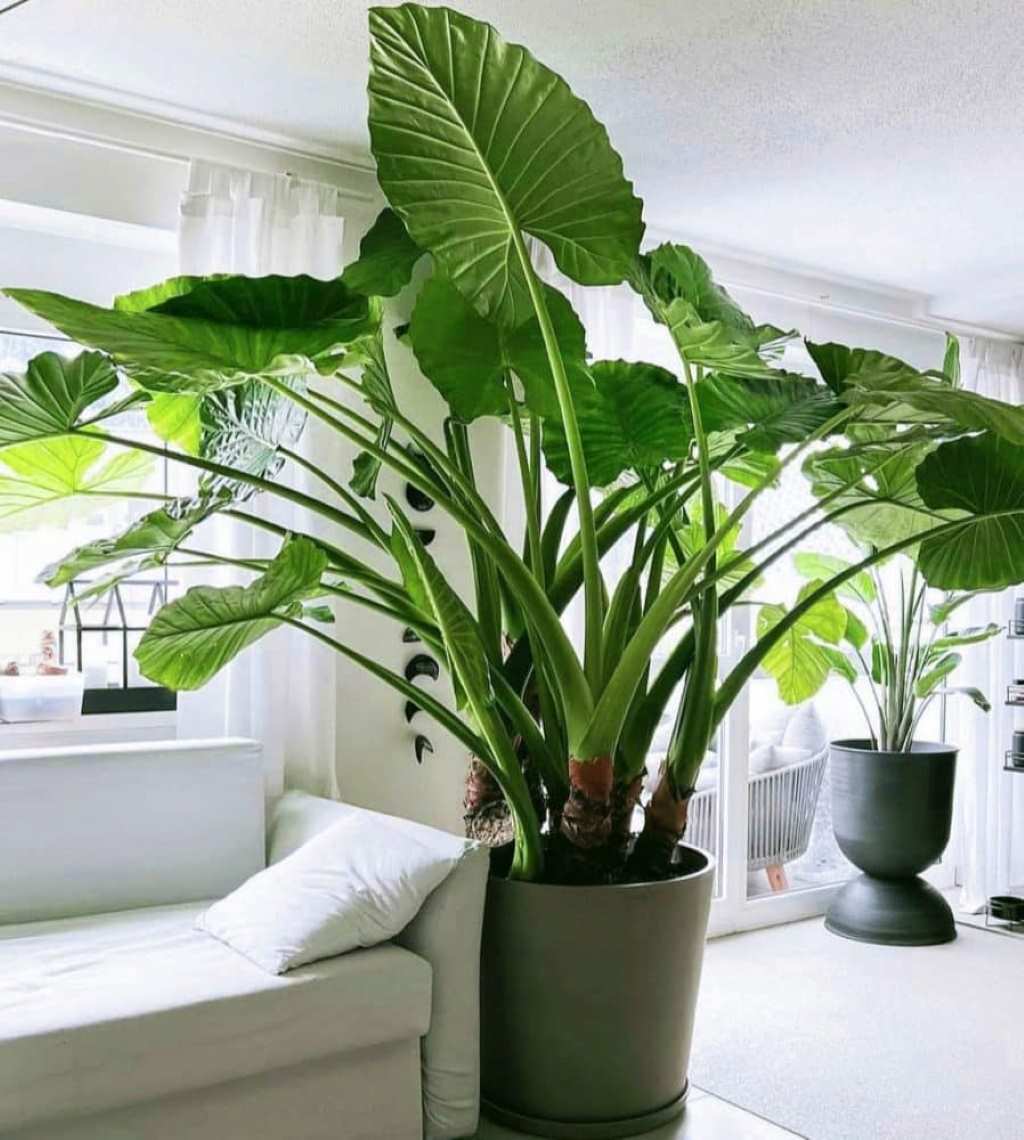
2. Watering: The Perfect Balance
The key to Alocasia watering is finding that sweet spot between too wet and too dry. These plants enjoy consistently moist, but not soggy, soil. Aim to water when the top inch or two of soil feels dry. During active growth periods you’ll likely water more often. Yellowing leaves can indicate overwatering, so adjust if you see this. Alocasias go somewhat dormant in colder months, so reduce watering frequency then.
3. Raise the Humidity
Remember, Alocasias are tropical beauties! They crave humidity. If your home’s air is on the dry side, take these steps:
- Misting: Regularly mist your Hilo Beauty’s leaves with water.
- Pebble tray: Place the plant’s pot on a tray of pebbles and water. As the water evaporates, it naturally increases humidity.
- Humidifier: For very dry climates, a humidifier is a fantastic investment.
Read Also: How to Get Rid of Squirrels in Attic?
4. Fertilize for a Growth Boost
During its active growth period (spring and summer), fertilize your Alocasia with a balanced, diluted liquid fertilizer every two weeks. Look for a fertilizer with an NPK ratio like 20-20-20. Stop fertilizing in the fall and winter.
5. The Right Potting Mix Counts
Alocasias love a well-draining, airy potting mix. A blend of regular potting soil, perlite, and orchid bark is perfect. This airy mix helps prevent root rot, a common problem for overwatered Alocasias.
6. Temperature: Tropical Warmth
Alocasias love temperatures between 65-85°F (18-30°C). They dislike cold drafts or sudden temperature changes. For this reason, keep them away from air conditioning vents and drafty windows.
7. Repotting for Spacious Roots
When your Alocasia becomes rootbound, its growth will slow. Repot it into a container one size larger in spring or summer. Use fresh potting mix and be sure the pot has adequate drainage holes.
Additional Tips for Alocasia Hilo Beauty:
- Understand dormancy: Alocasias can go through periods of dormancy, typically in cooler months. Don’t panic if it stops growing or loses a few leaves. This is normal. Reduce watering and fertilization during this rest period.
- Pests: Watch for pests like spider mites, mealybugs, and scale. Treat infestations promptly with insecticidal soap or neem oil.
- Leaf size: Young Hilo Beauty plants will start with smaller leaves. Be patient! As your Alocasia matures, its leaves will reach their full, impressive size.
Important Considerations
While these tips will encourage faster growth, keep the following in mind:
- Genetics matter: Some Alocasias simply grow faster than others. Your Hilo Beauty might naturally have a more moderate growth rate.
- Don’t overcompensate: Too much fertilizer, excessive watering, or too large a pot can be worse for your plant than slightly slower growth.
By optimizing these environmental factors and providing attentive care, you’ll unlock your Alocasia Hilo Beauty’s full growth potential and enjoy its lush, tropical splendor in your home or garden!

